|
By Manuel Players: 1 Platforms: PlayStation 4, PlayStation 5, XBox, Nintendo Switch, PC Skautfold: Usurper is a horror-themed Metroidvania game that originally launched on Steam back in 2018. It's the second game of the five-game Skautfold series that are tied together by story, settings, and characters, but are all in different genres. Knowledge of the first game is not required, and that's a good thing as it's just now arriving on consoles and arguably is more aesthetically pleasing than the previous title in the series, Skautfold: Shrouded in Sanity, which released earlier this year. Can you face the horrors of the game has to offer, and do you actually want to? Well, let's dive into the game and find out! Skautfold: Usurper takes place in an alternate timeline of 1898. Eldritch Horrors from beyond our world have landed in London via The Citadel, and they've brought with them a deadly fog that is wreaking havoc among the people of the city. The newly re-crowned Empress Eleanor gathers together her most loyal knights and enters The Citadel, hopefully to rid the city of its curse once and for all. Warrant Officer Saragat, Fourth Knight of the Angelic Empire of Britannia, is one of these loyal knights and he quickly finds himself separated from the others and on the very doorstep of death. Just as his final moments are drawing near, he is rescued by the mysterious Waltham, leader of the Veimar, who also recently arrived in The Citadel with his own forces. His goals are different though as he seeks to face off with The Citadel's mysterious leader, The Navigator. Seeing as he too is in need of help following an early defeat, he offers to save Saragat if he vows to help him in bringing down The Navigator. The Empire's goals and Waltham's might not exactly be the same, but taking out The Navigator will also rid London of The Citadel, so Saragat's mind is made up and the duo's mission is now set in stone. Together they traverse The Citadel, liberate its many sectors, and gather their strength for the final showdown which will hopefully save London, separate Saragat from Waltham, and reunite Saragat with both his Empress and his comrade-in-arms Len. Blocking their way are a horde of The Navigator's minions, many of them of the Lovecraftian, Eldritch Horror variety, and The Citadel is a setting very reminiscent of the castle-heavy areas of old school Metroidvanias, most especially Castlevania: Symphony of the Night. Gameplay in Skautfold: Usurper is more or less what you'd expect from any Metroidvania, classic or modern. Upon joining up with Waltham you're taken to The Core which serves as the main hub of the game. Several NPCs are here to offer services like leveling up both yourself and your pets, offer spells for purchase to add to your weapon stash, allow you to donate to the Elder Gods, or even give you the option to re-spec Saragat's stats. You're given free rein to go where you want from The Core, with one particular path leading you to what is basically an instant death trap, but your path is limited by what Relics you currently have. These Relics grant you skills that allow you to double jump, cling to walls, and destroy specific blocks that obstruct new paths. Along the way you'll unlock shortcuts that double back to previous areas, and discover other places where you save and level up. Since leveling up works a bit different here, let's talk about that a bit. You gain Vitae by defeating enemies, breaking open crates and barrels, and by absorbing it from storage tanks scattered around The Citadel. Vitae acts as both experience and currency, and you need to spend an amount equal to the next level times one thousand Vitae to level up. You can also use Vitae to purchase spells from one of The Core's NPCs, with these spells unlocking throughout the game. Vitae isn't the only thing you need to level up though, you'll also need Yth Stones that are found in chests. These Yth stones can also be used to level up your Pets (whose level ups only cost Yth Stones, with no Vitae needed), and to purchase the aforementioned spells. Once you have the required Yth Stones and Vitae you then level up one stat at a time. Strength, Intelligence, and Dexterity help augment damage with specific weapon/spell types, Guard, Constitution, and Defense help you absorb damage, and Luck and Eldritch work a little different but are important nonetheless. We're going to talk combat in a bit, but it probably sounds obvious that things work differently in Skautfold: Usurper and the lack of traditional level ups aren't the only thing that make this game stand out. Combat is where the game really shines, even if it takes a bit of getting used to. You can attack, dodge, jump, and guard at any time, with all of them taking points out of the ever-recharging Guard meter. If you take damage at any point while you still have Guard Points available, you simply lose points from there and don't lose any HP. This is important as Saragat doesn't have much HP no matter how many level ups you dump into Constitution. You recover Guard Points quickly by crouching, perfectly dodging attacks, or simply running away from danger until it recovers on its own. This means that each battle can become quite dicey if you find yourself ganged up on by a lot of enemies, and also that skilled players can probably go through the entire game without taking any damage whatsoever. There is no way to heal damage once taken, beyond returning to a save point at least, so it's best to take each enemy encounter seriously and carefully. If your HP hits zero you enter a Last Stand mode where you're brought back up to 1 HP and your Guard Points are fully refilled. If you take any actual damage when you're in a Last Stand and it's game over, you lose some Vitae, and are sent back to The Core. As far as attacking goes, there are 90 weapons in the game for you to collect, buy, or get through story sequences. Besides each of them having their own stats when it comes to damaging enemies, they also each have a certain amount of Guard Points that are required to be spent for each attack. This means that you can't simply spam attacks until you defeat any enemy, and that you'll probably want to make a weapon choice that leans into your play style as opposed to simply picking the one with the highest damage output. The combat is actually quite fun and intuitive once you get it down, but I'd be lying if I said it didn't come after a steep learning curve. Throughout the game you find various others who work for The Navigator in the form of boss encounters. Once you defeat these humans, monsters, and more, you'll take control of that region. Upon establishing your influence, or should I say Waltham's influence more accurately, you'll soon see that some of Waltham's lackeys are now casting spells of their own all over the place. These lackeys also seem to building weird pods for reasons you'll have to play through the game to find out what they're for. I don't want to give away too much of the plot, but let's just say that it really goes places as various Elder Gods, Celestial Beings, and locations that you wouldn't think you'd find in any version of 1898 London, start appearing. You also find Pets at various story points and these familiars help with attacks. Pets are actually very important to combat as their attacks don't take points off your Guard meter. With this in mind, it's best to find one you like and spend as many Yth Stones as you can spare to level them up early on. Speaking of finding Yth stones, you can actually accidentally destroy them if you're not careful by smashing the chests they're housed in, especially if they're placed in the way of enemies you're trying to kill. As far as I know there is no way to recover them if you destroy them, and there's a set amount of them in the game as well, so be careful. You also find new weapons in coffins, but some of those can also contain enemies. Speaking of containing enemies, it's best to remember which chests you open in each area as some of the already opened chests reappear as mimics later on. These mimics eat a lot of Vitae if you accidentally open one, and are probably the single most annoying thing besides accidentally destroying an Yth Stone. Along with Pets, you find Relics at key points in the game (like after boss battles) and these are what allow you to traverse new areas of The Citadel. There's probably more to explain here, but I think this has been a good outline of story and gameplay so far, and Skautfold: Usurper is a game that is best experienced by yourself directly if any of what has been said so far interests you. Controls are something of a mixed bag as Skautfold: Usurper has one the oddest control schemes I've seen in a long while. Attack and guard, two of the main actions, are placed on the shoulder buttons, and there are separate buttons for jumping, dodging, and interacting with in-world objects. This took quite a while to get used to, and there were times when I came back to the game after a long break only to be confused for a minute or two on what button did what. You'll eventually realize that there is a method to the control madness after you play for a while though. I eventually found myself glad that the dodge actions, and the attack-related actions, were in different spots on the controller as this kind of game requires quick, precise movement. Thankfully this game delivers in terms of tight controls and most deaths in the game usually come at the fault of the player only. Even if you're not a fan of simply getting used to quirky control schemes you're able to completely remap every action, so you don't really have much to worry about if you're not as quick to adapt. I don't have much more to regarding the controls, beyond their initial barrier to entry, but one small annoyance I found was when it came to leveling up. It's surprisingly hard to pick the correct stat you want to level up in the level up screen as all the eight stats are represented by the eight controller directions, even the diagonals. I quickly found that the stats assigned to the diagonals were quite finicky whenever I wanted to actually pick them, and I'd have to always make sure I was leveling up the right stat before I committed to the choice. Another small nitpick comes into play regarding weapons. You're able to assign four different weapons to each direction on the D-Pad and, beyond wishing that I could somehow add more to this, I found myself wishing that the game remembered your currently selected weapon when loading up a previous save. Whenever you restart the game defaults to whatever weapon is placed in the Up spot no matter if that was the weapon you were using previously. It may seem that I'm picking on rather low-hanging fruit, but it's hard to not simply continue praise a game put together this well in most other aspects. Now that we reach the topic of graphics I find myself at a small loss of words. This is something of a difficult topic as my feelings on Skautfold: Usurper's graphics and visuals seem to change a lot depending on how I'm feeling at any particular moment. Let's talk art style first I guess. First off, it has to be mentioned that this game has three very different looks to it. The key art image, which is seen when launching the game, feels like it was taken directly from a Castlevania game, namely Castlevania: Lament of Innocence as Saragat bears a striking resemblance to Leon Belmont. I'm not sure if the original Castlevania artist from the golden era of the series worked on this one, but it definitely feels that way if not. Next are the in-game graphics which give off vibes that mix together 8-bit, 16-bit, and 32-bit pixel graphics, but are all somewhat blown up. These don't look bad at all, and are animated perfectly, but some designs can come off a little bland. Saragat's in-game model falls into this latter category, and I found myself wishing he stood out more within the overly dark world of The Citadel. Lastly, the character portraits have a completely different art style to the previous two, and are more reminiscent of something found in a modern Western comic book. I'm not exactly a fan of the character portrait art style, which are thankfully only really seen during dialogue, but I think that may be more of a personal issue rather than them not standing up to everything else. These three different art styles clash for the most part and it was a jarring experience loading up the game, seeing the key art image, actually getting into gameplay, and then seeing the character portraits. None of the art is bad, and none of it would feel out of place in this game, but they definitely all stand far apart from one another and don't offer a cohesive feel to what is an otherwise darkly beautiful game. I'm not sure if it falls under graphics, but the menus are some of the most uninspired I've ever seen in gaming period. The weapons are simple squares that take up one entire page in the start menu and their icons give off the vibe that their visual representation is secondary to showing off their stats. Just about every other option, be they in the menu, in dialogue, or in the game's shops, are all presented the same way the menus are: plain text over black. A color-gradient, some sort of visual flair, or anything at all really, could've broken up the monotony of navigating both dialogue and menus. Elsewhere in the menus you'll find a map of The Citadel. This map is all but useless as it's a static image that doesn't really update with areas you've explored, or even markers of where to go next. It works to a degree, but it's an odd flaw in presentation that felt like it could've been as easily fixed as the boring text boxes. I don't want to make it sound like the graphics are bad though, all the monsters, especially the bosses, look unique. This probably isn't the most taxing game but I played it on the Switch, the least optimal way to play it I'm sure, and it ran smoothly and never really dropped in frames. There are some odd graphical moments where the camera pulls really far back for a screen or two, with everything appearing very tiny, but thankfully these areas aren't too numerous. In short I loved the graphics, was mixed on some of the artwork, and felt that the presentation could've pushed this to a near perfect game. The many years between this game's PC release and its console release could've been used to spruce up the game, but I guess we can't have it all. Replayability is definitely the name of the game in Skautfold: Usurper as you can create some very different builds for Saragat, especially if you're like me and spend many of your level ups on stats you never used. There's also a lot of post-game challenge options that allow you to take on the entire game with one-hit kills, permadeath, and tougher difficulty overall. There's even speedrunning options baked right in and seeing as the game is relatively short, and you can definitely work out ways to get through it in the most optimal run. These other game modes, especially the speedrunning aspect, remind me a lot of the original Resident Evil more than Symphony of the Night, or even the Metroid series which offers up different endings depending on how fast you get through the game. Perhaps when I have more free time I'll try a quicker playthrough as I definitely played my first run far more carefully than was needed. You can even tackle the game trying out weapon types that take you outside your comfort zone. I never once equipped the heavier, stronger weapons, but I'll probably give them a try on another playthrough. For a game that I initially thought was just a bit too short, small, and self-contained, I quickly realized that it had me creating a mental checklist of things I wanted to try next. I'm sure most players will agree, but even if you don't, the low price of entry makes this a title that earns every cent you spend on it. I can't recommend Skautfold: Usurper enough, no matter what console you pick it up on, and I can't wait to eventually pick up the first title in the series, along with the latter two. The world and characters really left me wanting for more, and the idea of the other games in the series being in different genres is very intriguing. You really can't go wrong with this one and it manages to stand out in crowded sea of modern Metroidvania games. Whether you're a fan of horror, the Castlevania series, or just really unique indie games in general, they'll be something here for you here for sure. Set forth, find The Navigator, and keep that promise to Len! See you all in the Skautfold: Into the Fray review when that one eventually hits consoles too! For More Information on Skautfold: Usurper: https://store.steampowered.com/bundle/8659/Skautfold/ Story: A Gameplay: A- Graphics: A- Music/Sound: A- Value: A+ Overall: A- Pros: + Beautiful art and animation accompany a well-laid out Metroidvania game. + Scratches that Castlevania itch that Konami simply refuses to cater to these days. + Tight, responsive controls push the combat above and beyond what is found in other games in the genre. + Music and sound design really set up the atmosphere of a near apocalyptic London. + The Eldritch Horror-infused Skautfold world draws you in, and makes one want to experience the other titles in the series. + Tight gameplay, a large number of weapons and acquirable skills, and the large amount of extra content add a layer of replayability to what is an otherwise short game. Cons: - The three different art styles: key art, in-game portraits, and graphics, all clash with each other and offer little in the way of cohesion. - Can be unforgivingly difficult at times, especially when first learning how to play. - Levelling up doesn't provide as much of a boost as it does in other Metroidvania titles. - While there is a lot of replayability here, the game is a bit on the short side. A copy of this game was provided to us free-of-charge by the publisher for the purpose of this review. This did not affect our review in any way. #SkautfoldUsurper
0 Comments
Leave a Reply. |
Search
Contributors◆ Angie
◆ Emily ◆ J.D. ◆ Janette ◆ JT ◆ Manuel ◆ Nestor ◆ Rose ◆ Sylvia ◆ Teepu ◆ Tiffany ◆ Winfield Archives
July 2025
|
© 2014-2025 A-to-J Connections. All Rights Reserved.


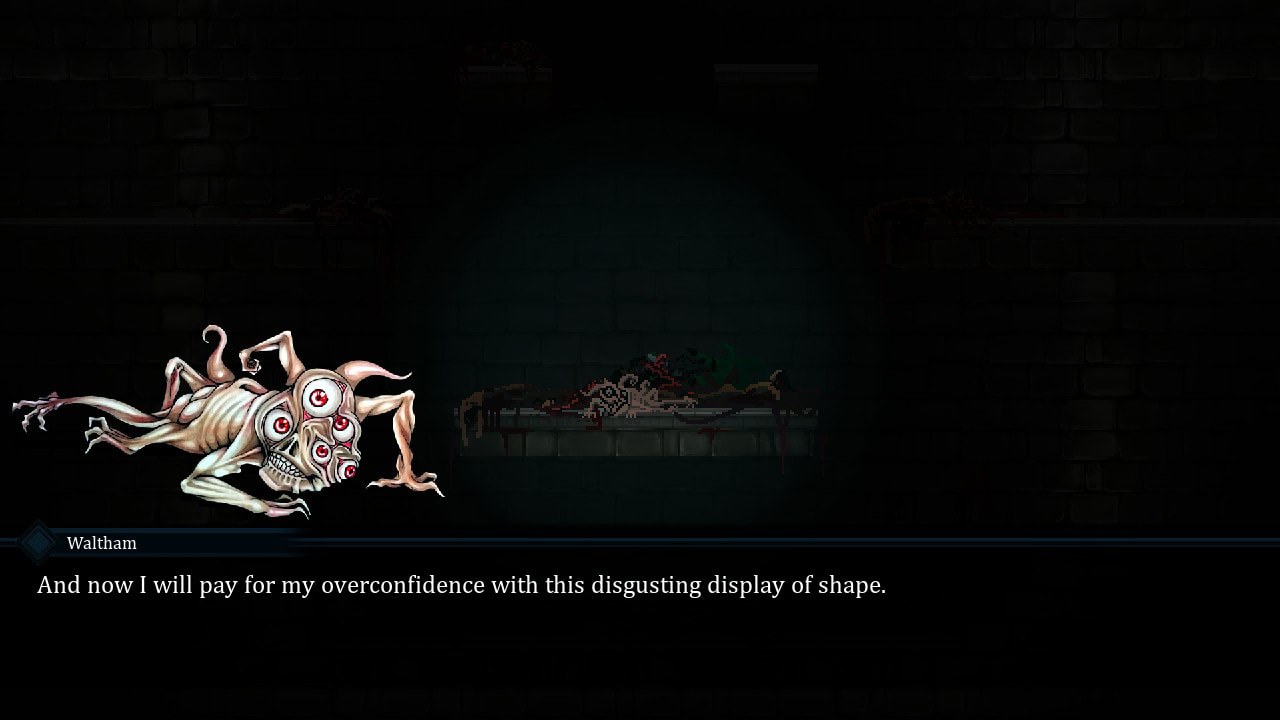
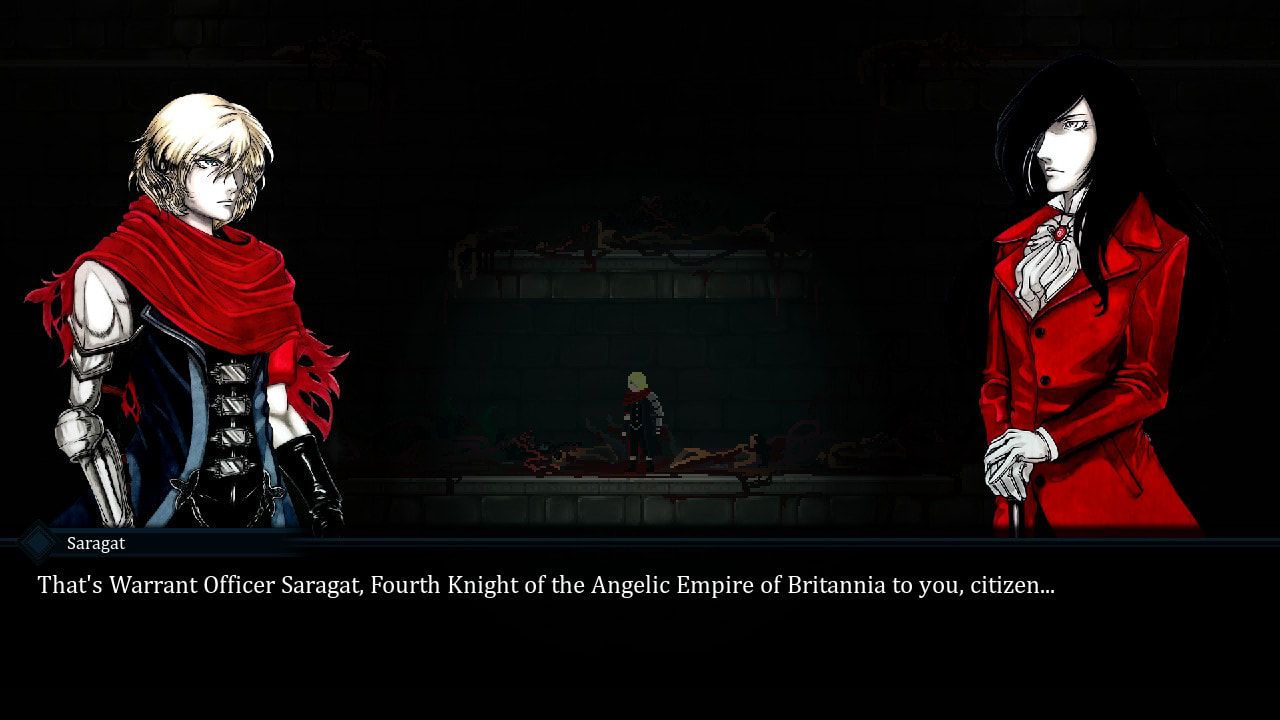

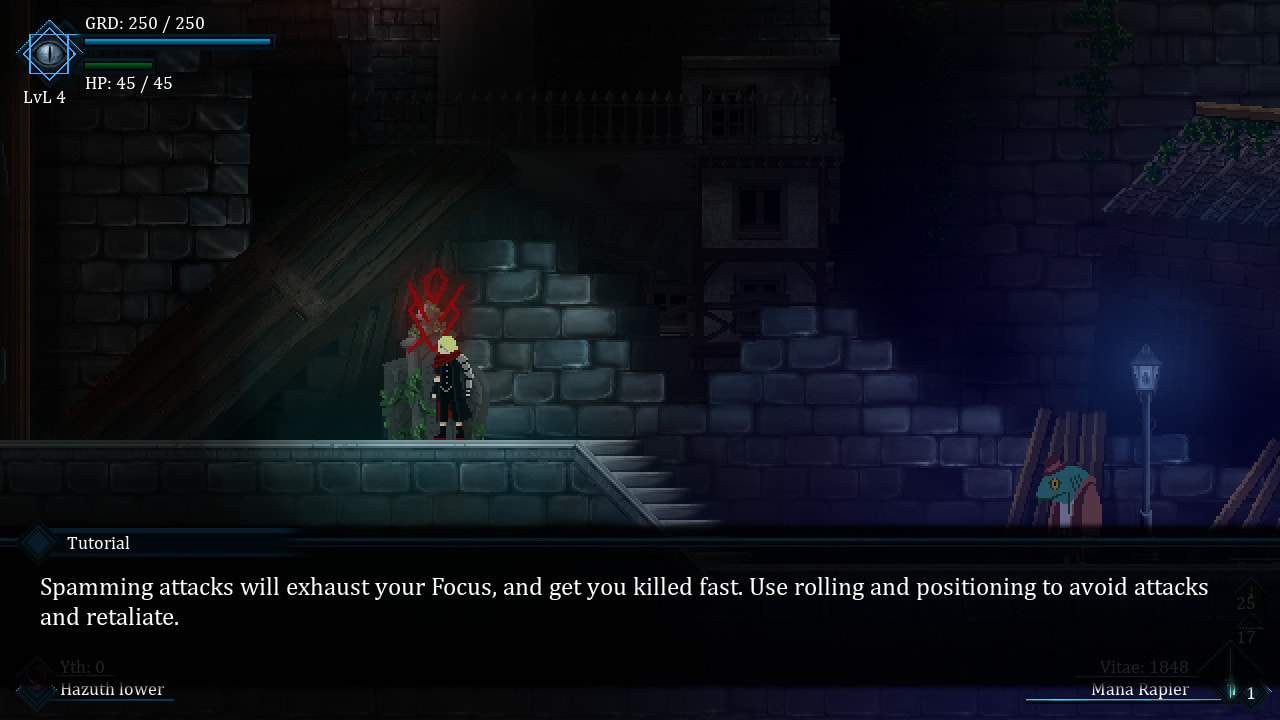
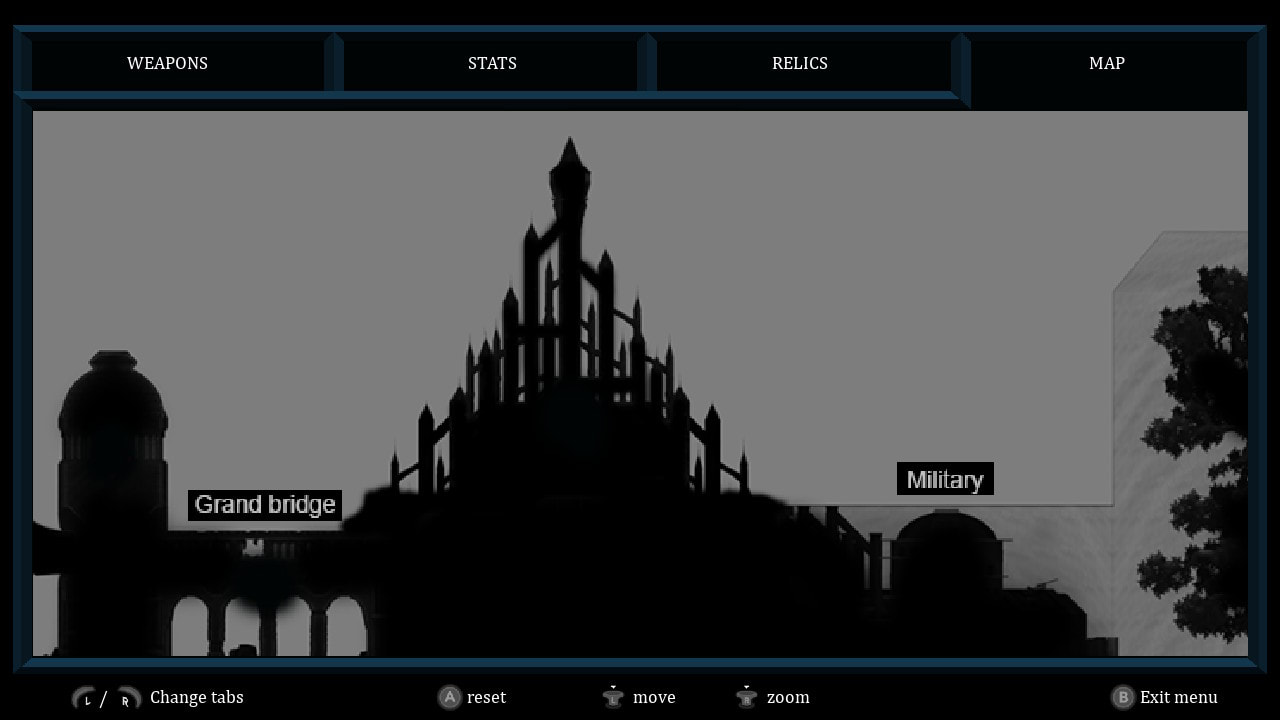
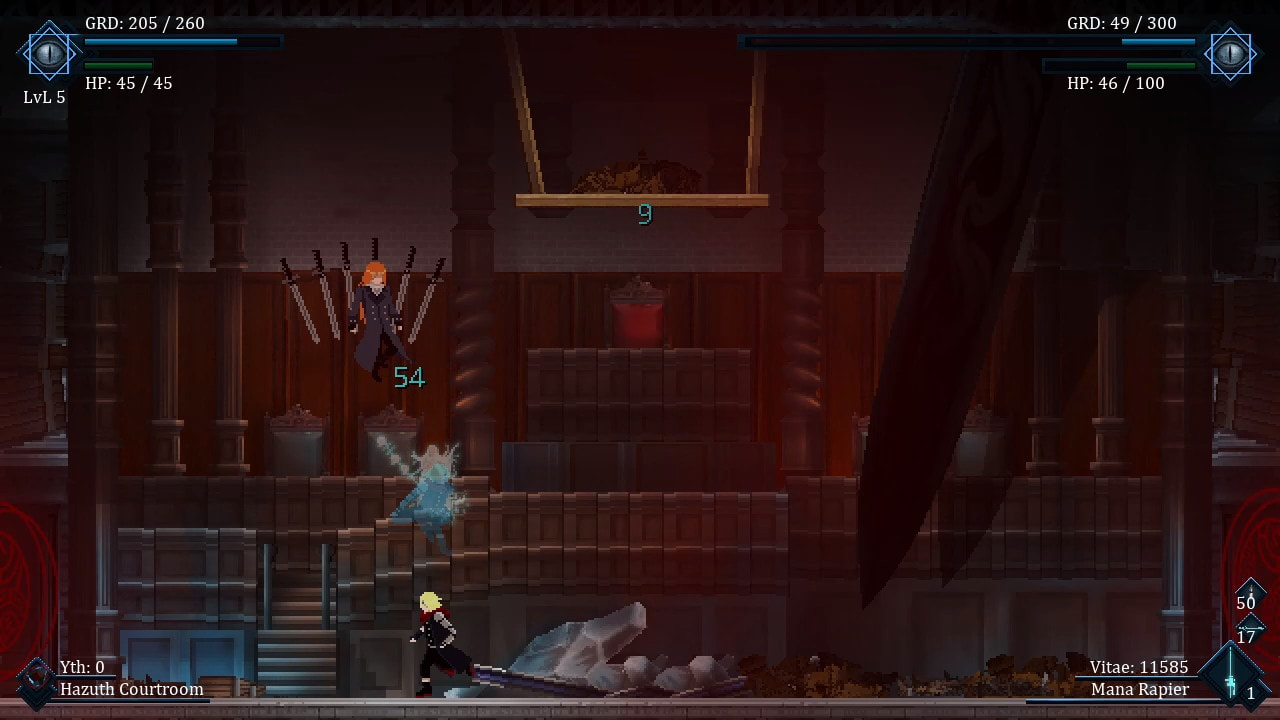
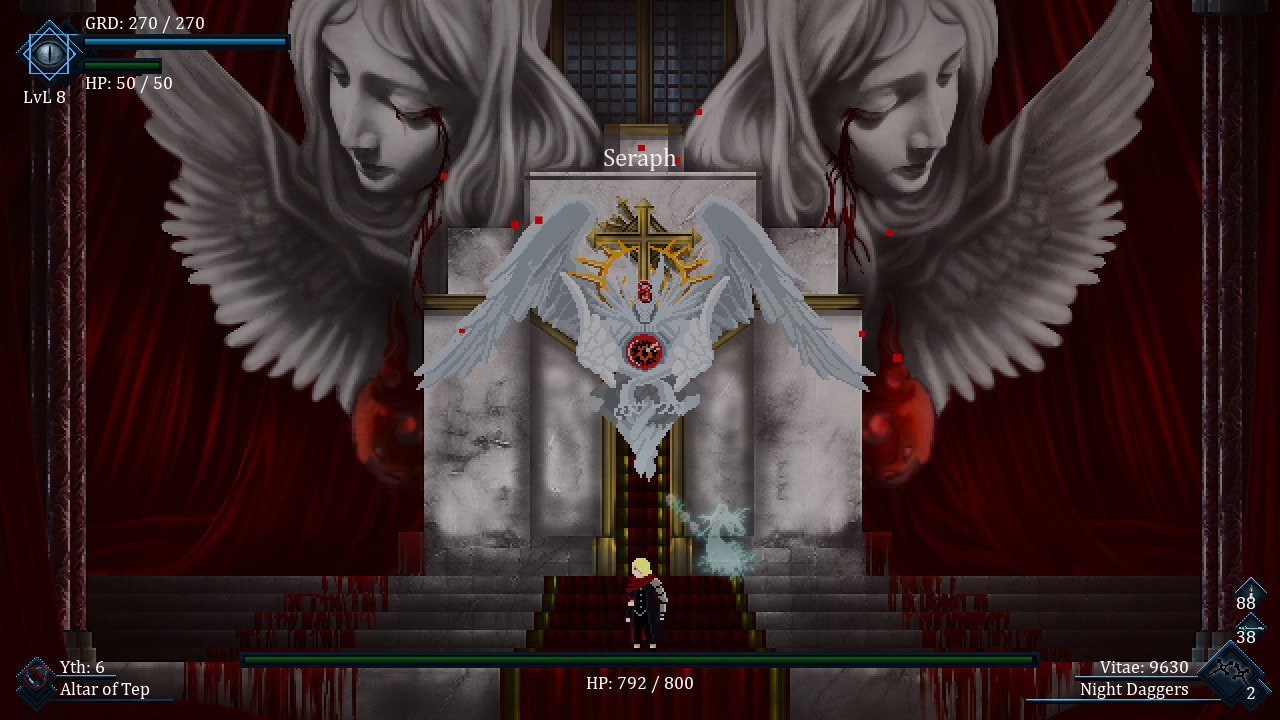

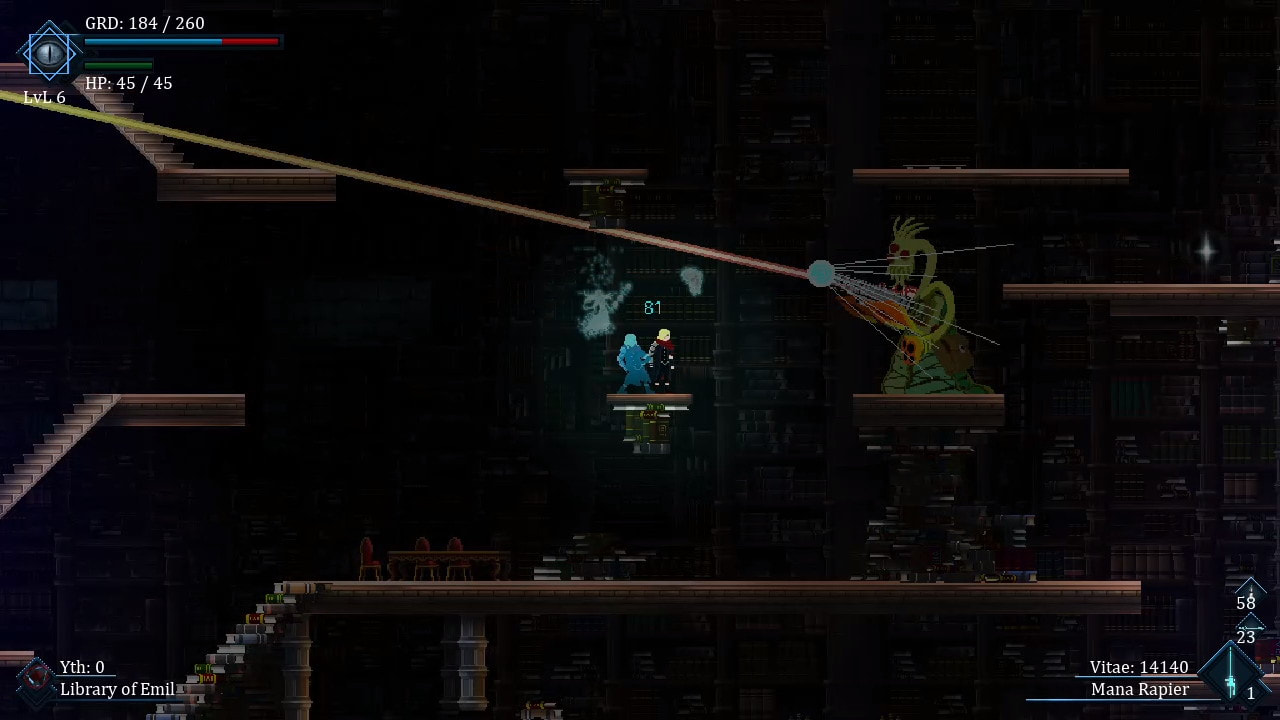



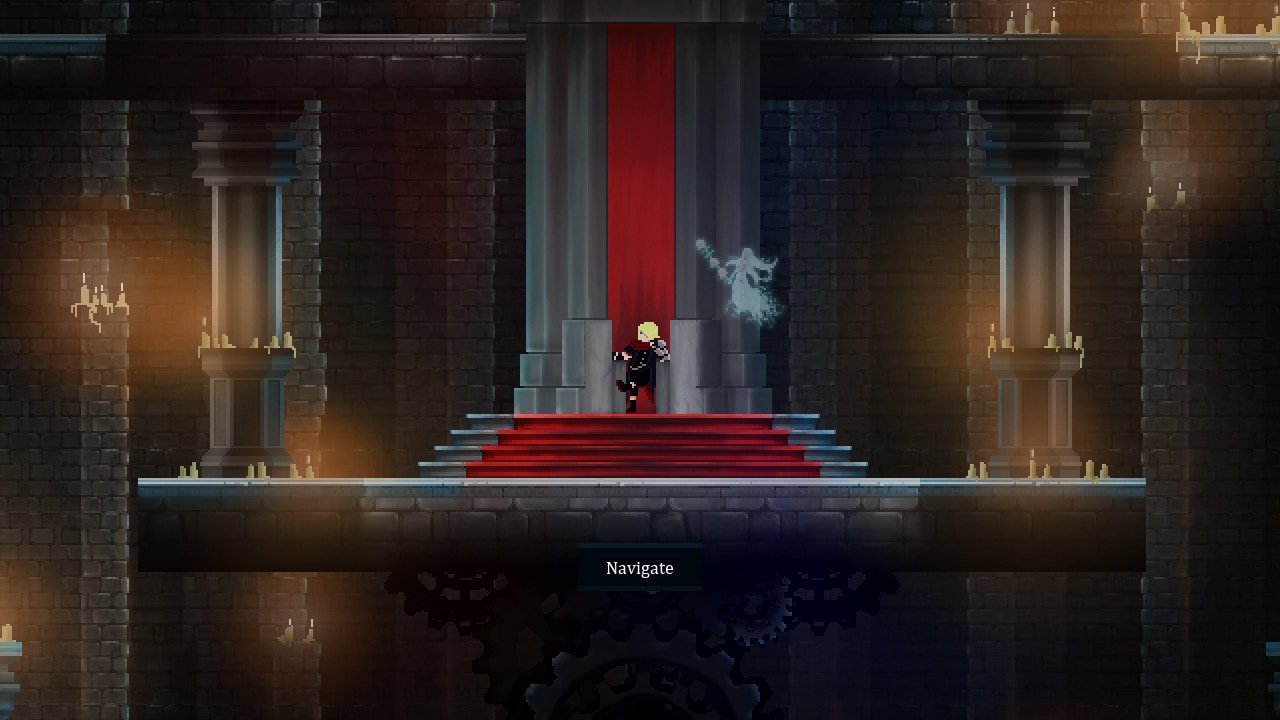

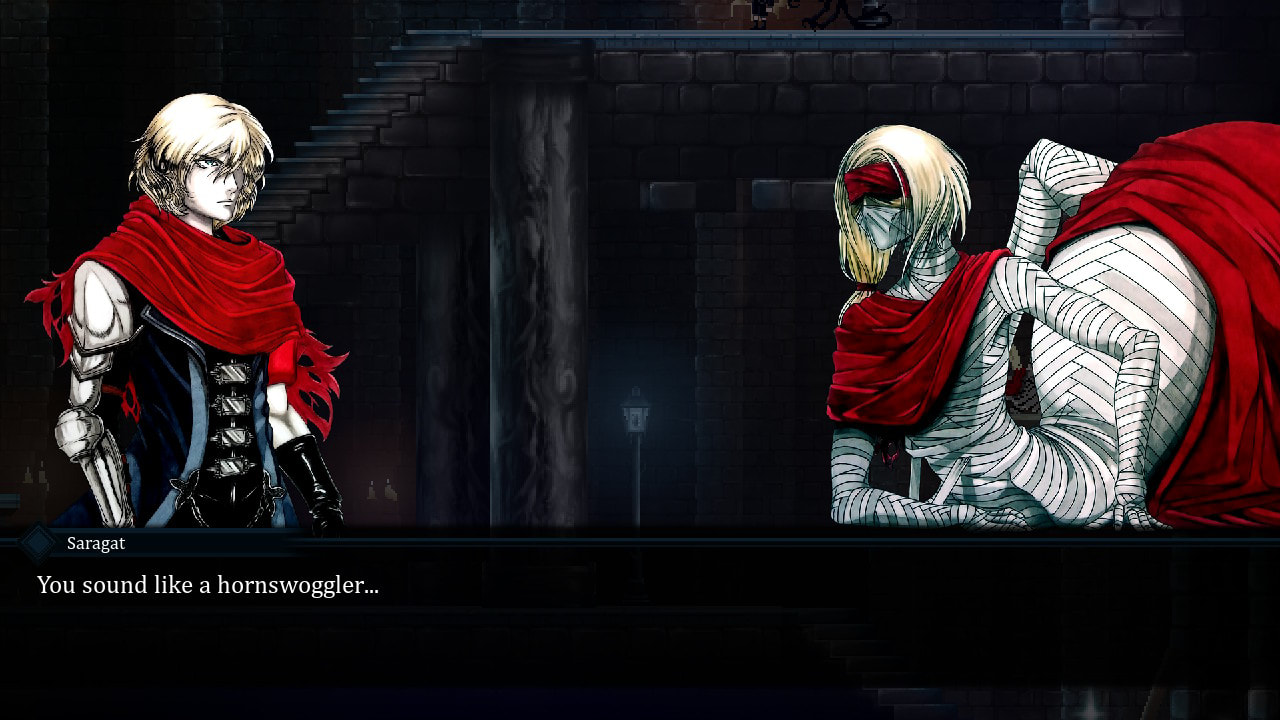

 RSS Feed
RSS Feed